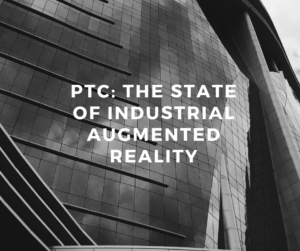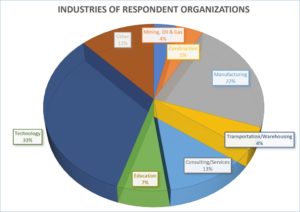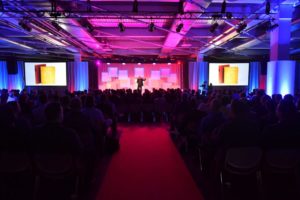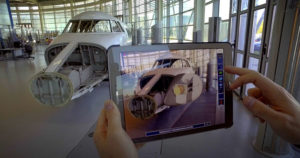The State of Industrial Augmented Reality is an ongoing series of market research and analysis conducted by PTC. These reports explore the robust and increasingly complex opportunities presented by the Industrial Augmented Reality (AR) market. Tapping into PTC’s 30 years of technology expertise, 30,000 global customers, and 1,000 technology and service partners, the State of Industrial Augmented Reality series delivers actionable trends and insights across the entire IIoT ecosystem.
From the Executive Summary:
Over the life of our survey, use case adoption and customer business goals have shown that industrial enterprises are starting augmented reality projects internally, often piloting one or two use cases within their operations or service functions to prove value before expanding AR initiatives. Companies universally recognize the importance and benefits of adopting AR for their internal use. In today’s business climate of razor-thin operating margins and mounting economic pressures, the race for efficiency is starting to receive a nitrous boost from AR.
This mid-year spotlight edition of our State of Industrial Augmented Reality series examines development and adoption trends for companies primarily focused on developing augmented reality experiences for their end customers externally, by enhancing their customer-facing products, services, and solutions through the use of AR technology versus for their own internal use and benefit within their internal value chain.
PTC’s key findings include:
Industrial enterprises are keen to improve customer experiences, open up new revenue streams, and disrupt competition by leveraging the new augmented reality capabilities for product and service differentiation.
Use cases being developed for end customers have a strong focus on service or maintenance instructions, helping to reduce machine downtime and maximize product value.
Operator-focused companion experiences provide new opportunities for value-add offerings and improving customer service
Read the full report by PTC here.









